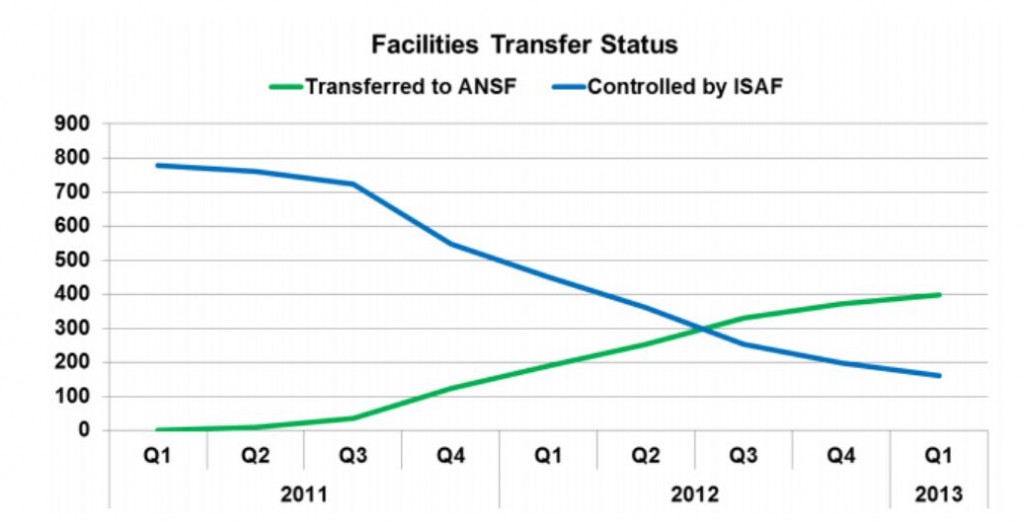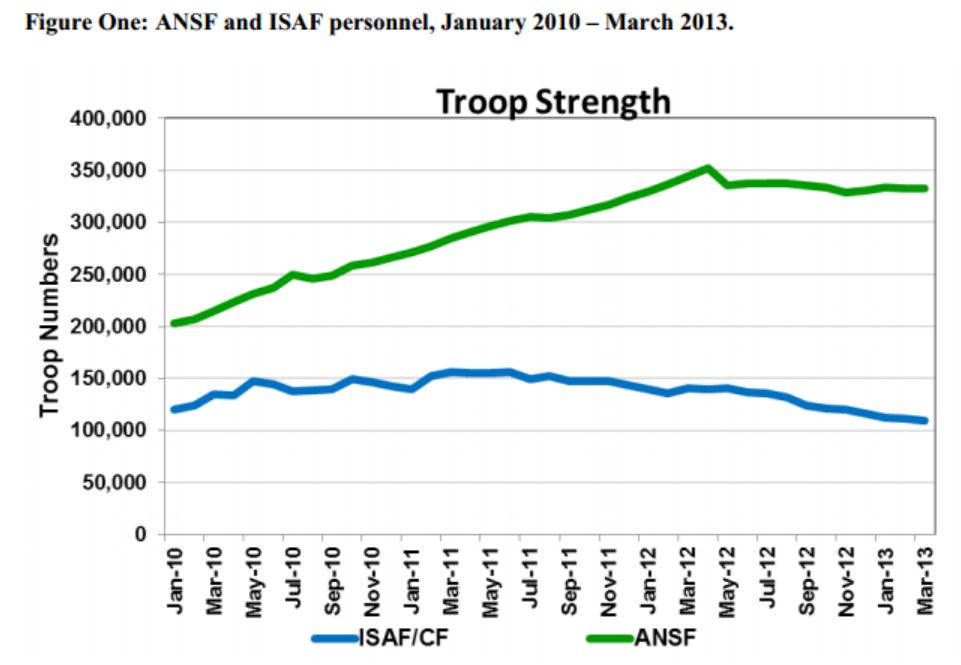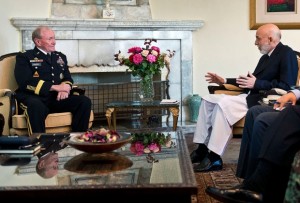Morally Depraved Obama Fails in Response to Egyptian Massacre
The New York Times headline for its story summarizing Barack Obama’s statement yesterday on the violence in Egypt parrots the administration’s hapless plea that Obama has few options in dealing with Egypt: “His Options Few, Obama Rebukes Egypt’s Leaders“. Obama’s grand statement delivered the stinging blow of canceling joint military exercises with the Egyptians. We also are reminded later in the article that the US has delayed delivery of four F-16 fighter jets without also being informed that this delay was announced prior to the massacre of Egyptian civilians.
In his statement, Obama never addressed the huge piece of leverage that the US does have in relation to Egypt. The roughly $1.5 billion in US aid that flows to Egypt each year is primarily for the military and supports about a third of the military’s budget. The article in the Times goes to great lengths to explain to us just why Obama can’t cut off this aid. We are told first that if we cut off aid, “Saudi Arabia, Kuwait and the United Arab Emirates” will rush into the void to provide the missing funding And if that isn’t scary enough, we are told a couple of paragraphs later that cutting off the aid would open the door for Russia and China to step in.
With the death toll from the crackdown now above 600 and likely to go much higer, and with grisly videos surfacing of civilians being gunned down in cold blood by the military, we see a quote from the standard anonymous “senior official” who says “There’s a basic threshold where we can’t give a tacit endorsement to them.”
Just wow. The Egyptian military has staged a coup in which they have removed a democratically elected (although dysfunctional and failed) government and massacred over 600 of its citizens in cold blood. None of that rises to the level of the “threshold where we can’t give a tacit endorsement to them”? What on earth do they have to do to get the US to cut them off?
One answer to that question is in the next paragraph:
And it could destabilize the region, particularly the security of Israel, whose 1979 peace treaty with Egypt is predicated on the aid.
It would appear that Egypt can kill all of its own civilians it wants with the weapons and money we provide as long as they don’t also kill any Israelis.
But there is another insidious tie in the US aid to Egypt. US defense contractors are making tons of money off of it. From a Bloomberg piece describing US support of the Egyptian military two years ago at the beginning of the uprising against Mubarak: Read more →






